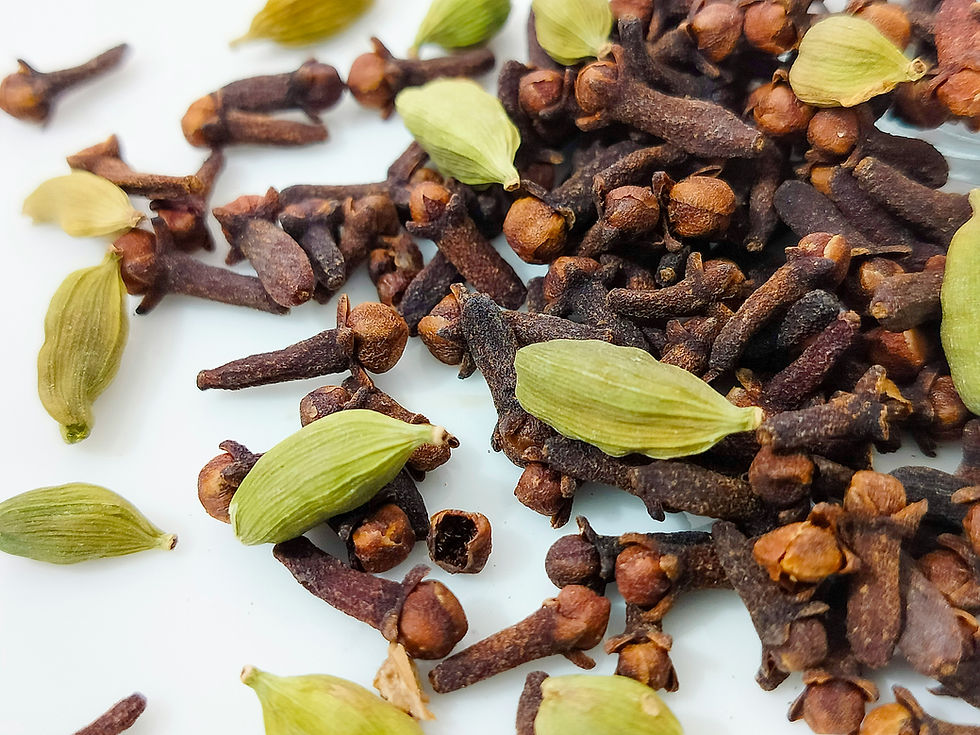Understanding Coffee Processing Methods: Natural, Washed, and Honey—The Key to the Flavor in Your Cup
- IT DMK Cargo
- Jul 10
- 3 min read
Coffee has become an essential part of many people’s lifestyles—whether as a companion during work, a moment of relaxation, or even a cultural and social element. However, not many realize that the distinct flavor in a cup of coffee is not only determined by the type of beans or where they are grown, but also by how they are processed after harvesting.
In general, there are three main post-harvest processing methods commonly used by farmers and coffee producers around the world: Natural Process, Washed Process, and Honey Process. Each method plays a significant role in shaping the coffee’s flavor, aroma, and acidity.
1. Natural Process: Traditional and Sun-Driven
The natural process, also known as the dry process, is the oldest and simplest method of coffee processing. In this method, freshly harvested coffee cherries are dried under the sun without being peeled. They are left to dry for several days until the moisture content drops and the outer skin shrivels, before the beans are eventually separated.
This method is commonly used in regions with hot, dry climates, such as East Africa and certain parts of Indonesia.
Flavor profile: Coffee processed naturally usually has a sweet, fruity, and complex flavor profile. Notes of dried fruit and mild fermentation are often present, offering a bold and surprising character.
2. Washed Process: Clean and Focused on Clarity
In contrast to the natural method, the washed or wet process uses water as part of the processing. After harvesting, the coffee cherries are de-pulped, then fermented in water to remove the remaining mucilage. Once cleaned, the beans are dried thoroughly.
This method is widely applied in Latin American countries, including Colombia, and in parts of Indonesia such as Aceh and Toraja.
Flavor profile: Washed coffee tends to have a cleaner, brighter, and lighter taste with more prominent acidity. The original flavor of the beans is more easily detected, as it isn’t masked by fruity or fermented notes.
3. Honey Process: A Unique and Growing Favorite
The honey process, also known as semi-washed, is a hybrid between the natural and washed methods. After the outer skin is removed, a portion of the mucilage is intentionally left on the beans during the drying process. The amount of mucilage left determines the type of honey: from yellow honey to red, and even black honey.
While this method originated in Central America, particularly Costa Rica, it’s becoming increasingly popular among Indonesian coffee farmers due to its flavorful results.
Flavor profile: Honey-processed coffee offers a sweet, balanced flavor with a smooth body. It’s not as fruity as natural processed, but richer than washed processed, an ideal middle ground for those who enjoy subtle complexity.
Why Should Consumers Understand This Process?
Understanding coffee processing isn’t just important for farmers or baristas—it’s equally valuable for consumers. By learning about these methods, coffee drinkers can make more informed choices based on their taste preferences. It also encourages greater appreciation for the hard work that farmers and producers put into delivering consistent quality.
According to several local coffee industry players, public awareness of post-harvest processing is still lacking. Many people assume that a coffee’s flavor comes solely from the bean variety, when in fact, processing plays a major role in shaping the final cup.
So, are you team Natural, Washed, or Honey?
Explore all three and taste the difference for yourself. Discover which one best suits your palate.
Contact us via WhatsApp or Email below:
WhatsApp: +62 813 9669 0008





Comments